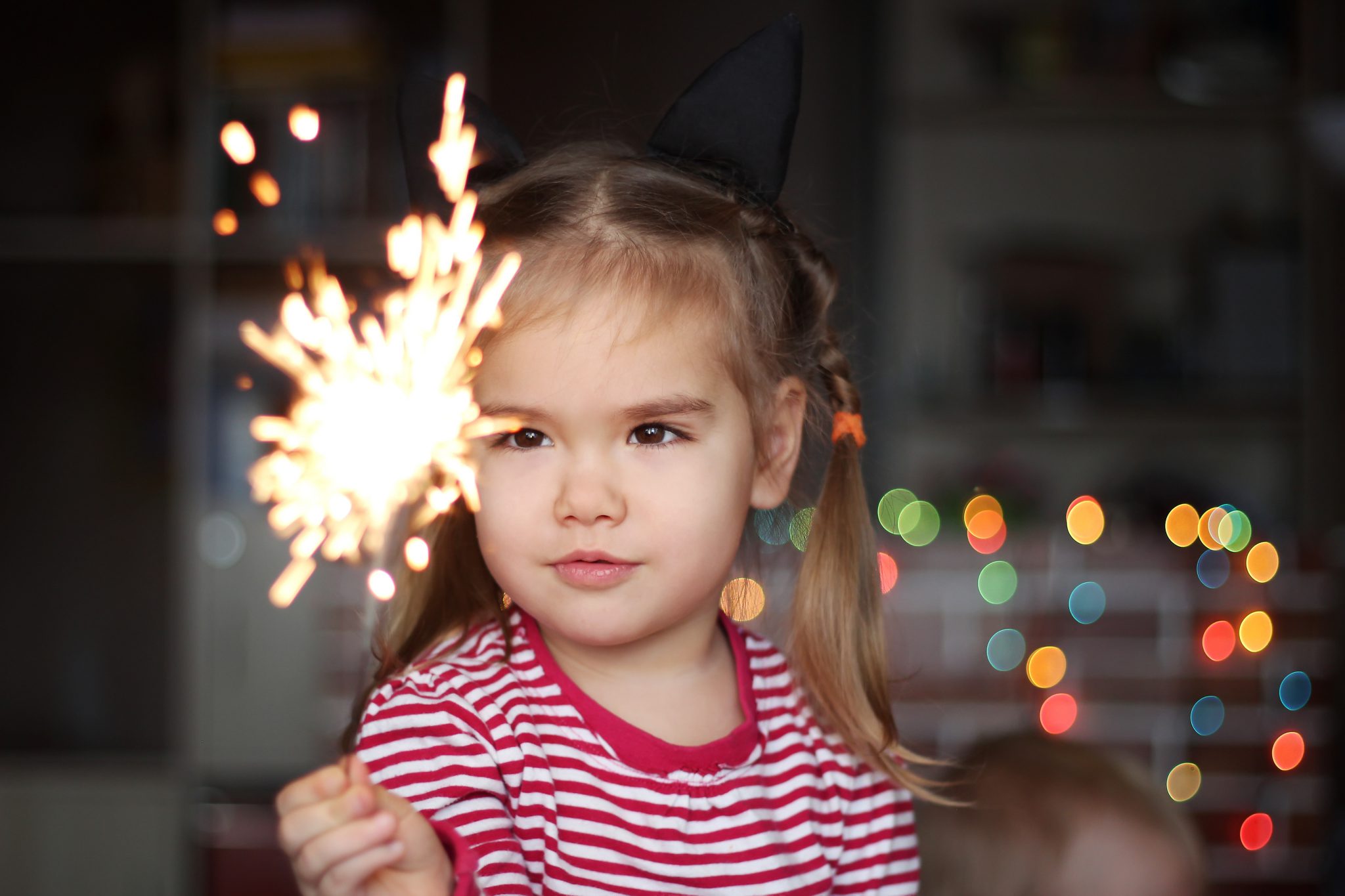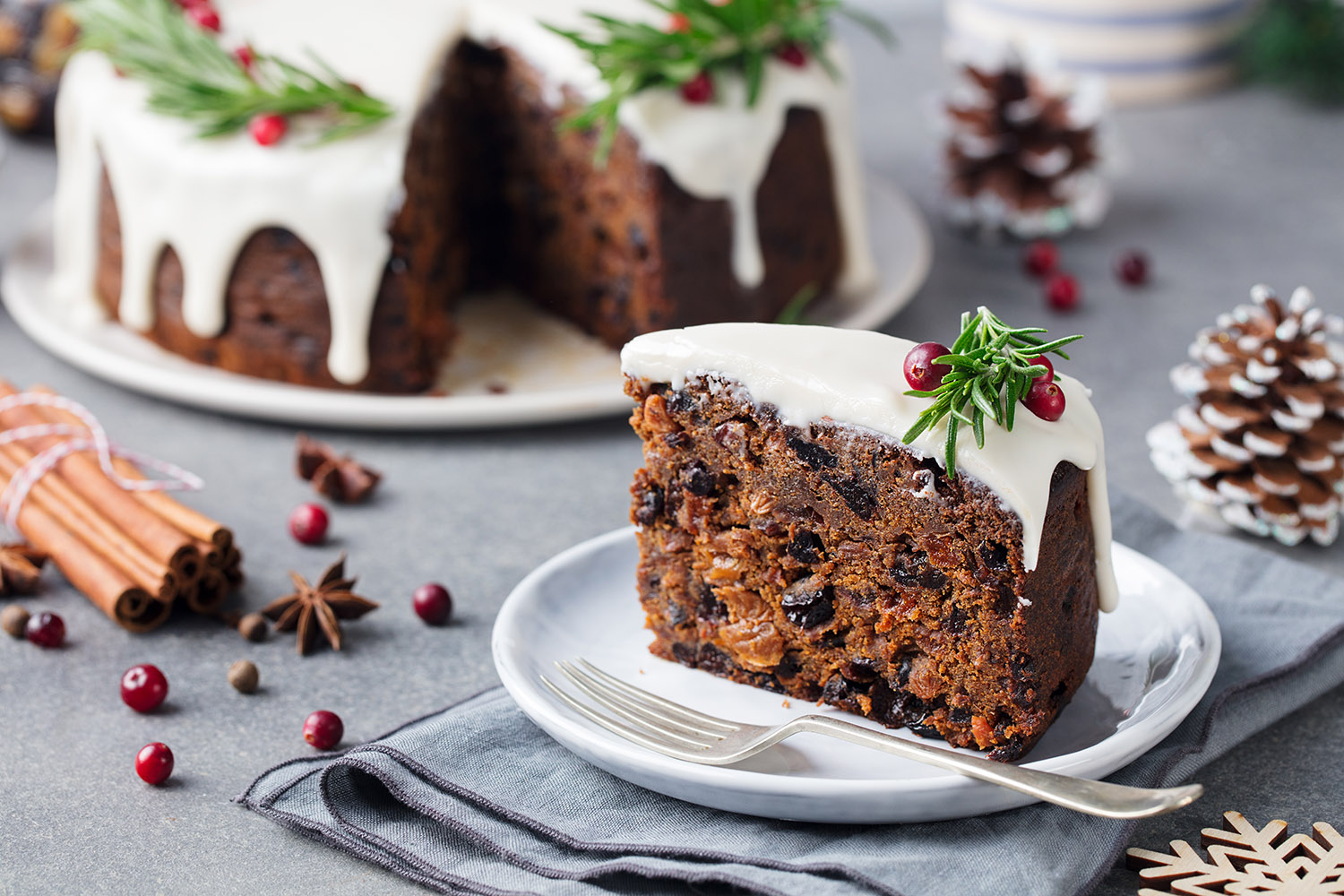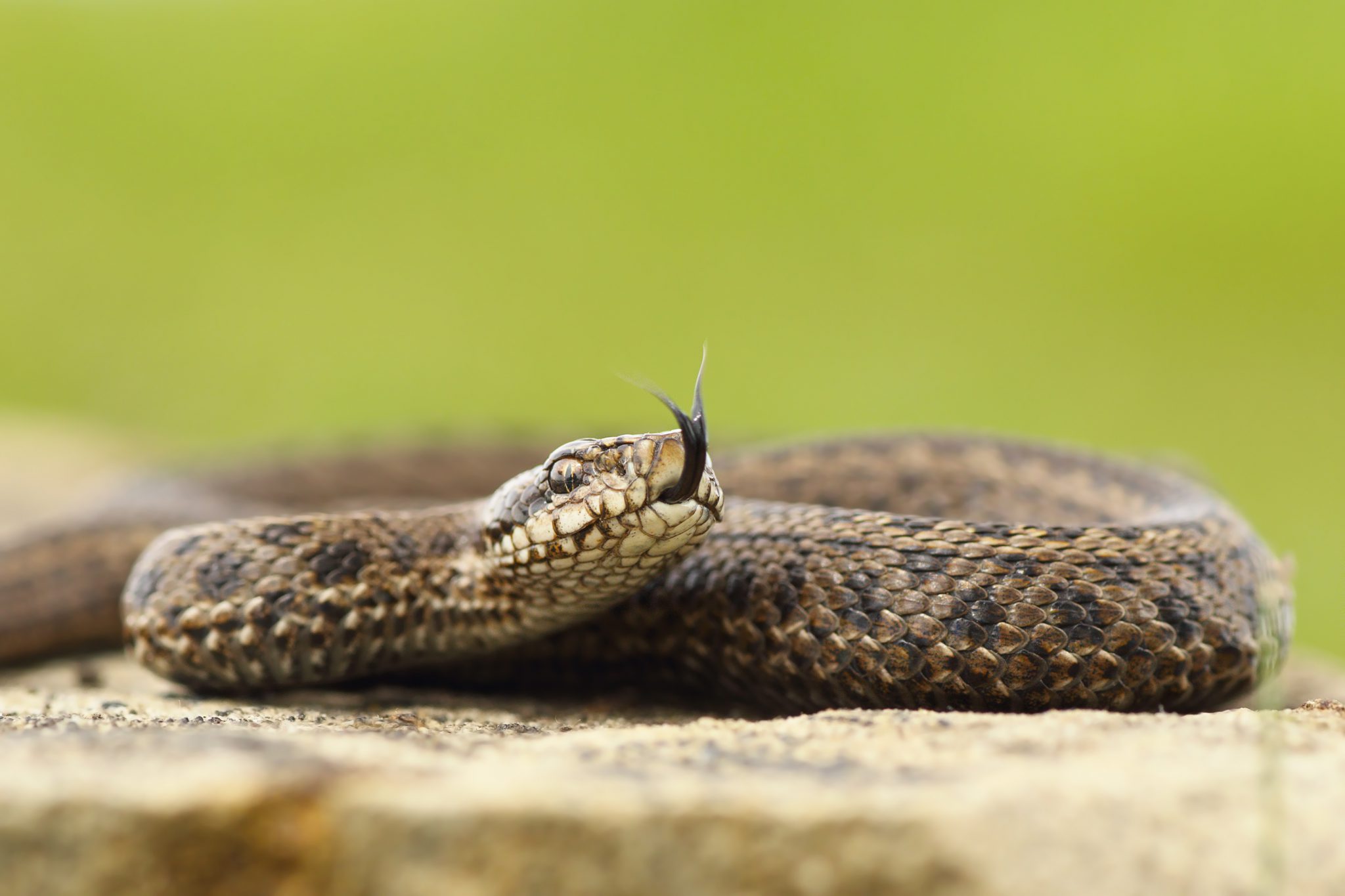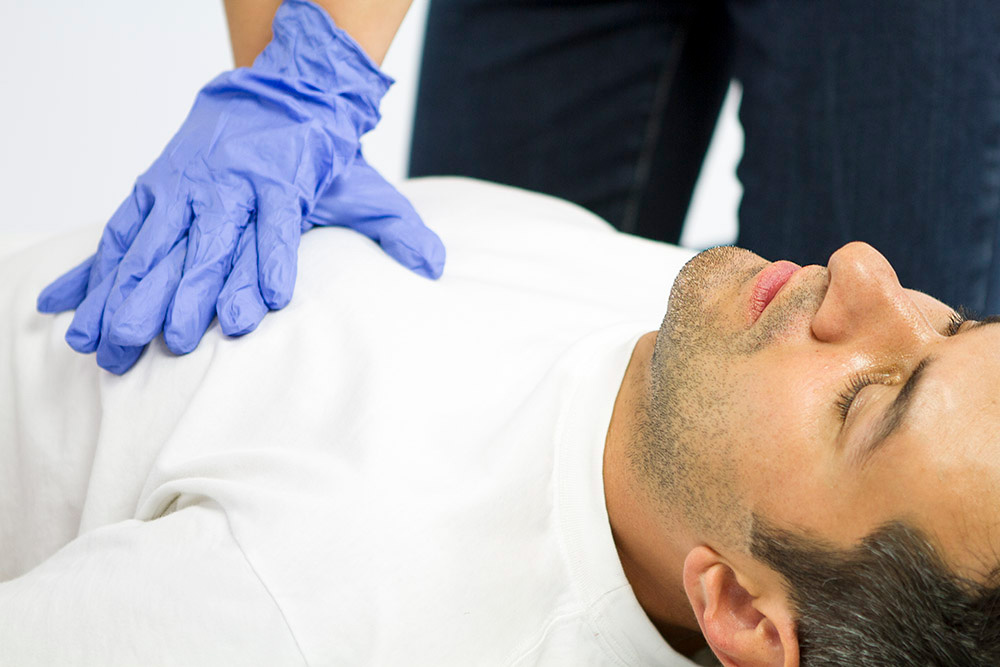Are you getting ready for a BBQ or bonfire? If so there are few things…

Would you know how to deal with burns from a fire, firework or something hot?
Bonfire night is soon upon us and whilst it is very exciting for children to see fireworks it is important to understand the risks and prepare in advance. I’m not going to give you a firework code as they are everywhere online, but I will impart some useful knowledge about the nasty subject of burns and how to treat them.
You need to know that there are 3 types of burns:
- First-degree burns only affect the outer skin layer. The skin is red, slightly swollen and painful to touch. Minor sunburn falls in to this category.
- Second-degree burns are deeper in to the second skin layer and appear as blisters or red, splotchy skin.
- Third-degree burns are the most serious and involve all layers of the skin and even underlying tissue. Mostly, these types of burns are painless as the nerves have been damaged and skin appears black, white and charred.
Treat large burns on the face, hands, feet, groin, buttocks or a major joint as a medical emergency! Do not delay, call an ambulance.
If you’ve suffered a second-degree burn but not in one of these areas and covering less than 1% of the body, you still need to visit your GP.
What not to do is just as important!
- Do not put ice, butter, grease, ointments, creams or oils on a burn, despite what your granny told you.
- Do not peel off clothes or break blisters.
- Do not cover the burn with fluffy materials such as cotton wool.
Let’s look at what you should do for a major burn
- Ensure your safety when assessing any emergency. Having 2 burn victims is not going to help the situation so ensure the source of heat/fire is removed.
- Check for responsiveness and ensure the casualty is still breathing. Call for an ambulance.
If not breathing then you need to begin CPR. If you don’t know CPR then it is time to attend a local course on CPR. - If the casualty is breathing have them lie down, ensuring the burn area isn’t on the ground.
- Douse the burn area with cold liquid for a minimum of 20 minutes. If cool or cold water is not available, use a cool or cold clean compress but not freezing. Be careful, if the burn is large, the casualty could suffer from hypothermia if they get cold.
- Gently remove clothing from around the burn area and restricting items such as jewellery or a watch.
- Cover burns with a sterile dressing. Cling film can be used length ways.
- For finger and toe burns, separate each with dry sterile dressings.
- For burns to the airway, loosen clothing around the neck, offer ice or small sips of cold water.
- Monitor the casualty for signs of shock and responsiveness whilst waiting for the ambulance. If the casualty becomes unresponsive, check for breathing and begin CPR if necessary.
Some advice for minor burns
- Wear gloves to protect you and the casualty from disease or infection.
- Flush or soak the burn in cool water for at least 10 minutes.
- If possible remove constricting items such as jewellery or belts.
- Monitor for hypothermia if the casualty gets cold whilst trying to cool the burns.
- Cover the burn with a sterile dressing, non-fluffy, and bandage loosely.
- Check burn daily for signs of infection, such as redness, or pus and visit your GP if this occurs.
If your patient stops breathing, you could have less than Four Minutes to save their life. If you don’t know what to do next, then sign up for one of our courses to learn how to save a life.



